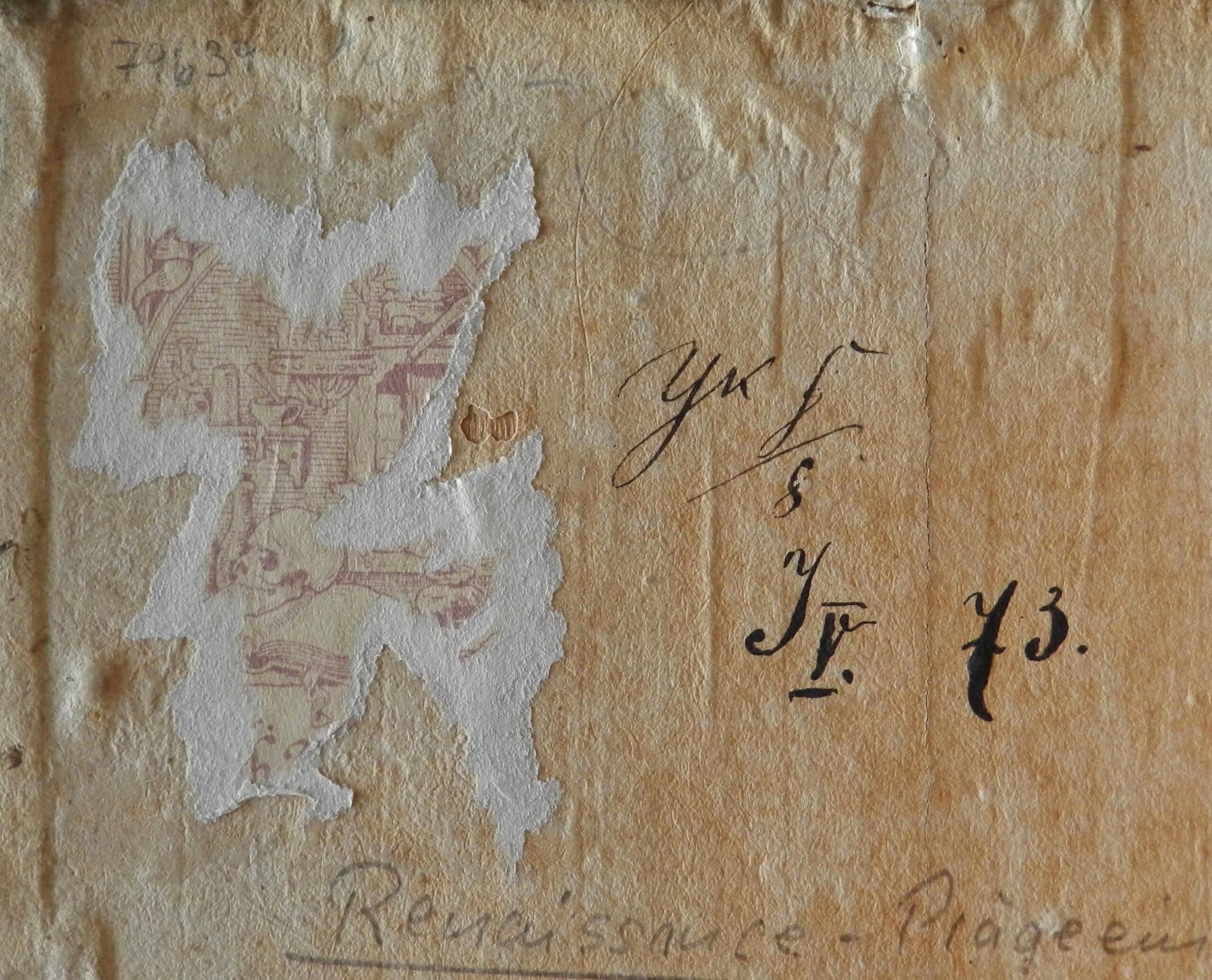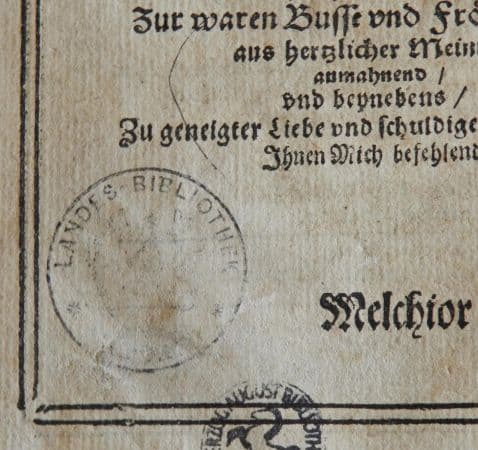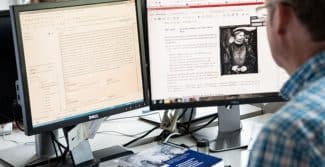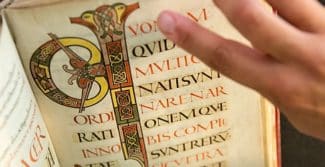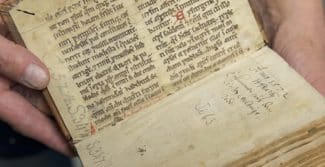10 March 2021
After years of silence and behind-the-scenes activity, the awkwardly named Washington Conference on Holocaust-Era Assets held in December 1998 marked the starting point of a more intensive search for undiscovered Nazi loot in cultural institutions all over the world. In the concluding document, known as the ‘Washington Principles’, representatives of more than 50 states and NGOs called on state administrations and publicly funded museums, archives and libraries to vet their collections and holdings of documents for material that might have been looted by the Nazis. The principles stated that wherever possible these institutions should seek to reach a fair and just compensation settlement with the original owners or their descendants.
This provided the impetus for what followed, as the political and cultural public bodies in question took up the baton with considerable zeal. In 1999, in recognition of the special historical and moral responsibility of collecting institutions in Germany, the federal and state governments and leading municipal associations formulated a joint declaration (‘Common Statement’) pledging to provide for the ‘restitution and indemnification of Nazi-confiscated art, especially from Jewish property’. This constitutes a specific avowal to promote provenance research in collections, to identify Nazi-looted assets in institutions’ own holdings and to return them. The HAB is now doing its part to fulfil this obligation.
In practice, this entails intensive research for a collecting institution. Mountains of files and correspondence, access directories and not least the objects themselves need to be sifted through and evaluated. For often it is only the objects themselves that provide valuable information about their origin and subsequent fate during the Nazi era. The focus of the research to which the HAB has committed itself as part of the project funded by the Deutsches Zentrum Kulturgutverluste (German Lost Art Foundation) is on antiquarian acquisitions that have entered the library since the 1960s, whose relatively young provenance has to date scarcely been studied. Given that 75 years have passed since the end of the Second World War, the gaps in the history of ownership that need to be bridged are fairly large. It is not unusual to find chains of five or more previous owners in the 20th century alone.
In many cases the previous owners of Nazi-looted assets can be traced only through minor references in individual books. Tracking these down and connecting them with historical persons or institutions is often a matter of detective work (as evidenced by a 2004 research paper on the subject by Ragnhild Rabius titled Kombination und Kriminalistik). The patient recording of data and a nose for clues can in many cases still result in books that were forcibly condemned to silence becoming witnesses to their own history. One example is a book from the former Landesbibliothek Posen (Posen State Library) in which the telltale place name was rendered illegible in the owner’s stamp using liquid and a sharp object.
By comparing the stamp with numerous samples of stamps from other similar institutions, the project team was able to identify it and thus make the book speak. So far no clues have been found to the owner of a book dating from 1607 where the ex libris has likewise been destroyed (see title illustration).
The HAB has undertaken to spend the next two years trying to shed light on this and other similar cases. Some 30,000 books acquired either individually or as part of complete collections in the second half of the 20th century and especially from the 1990s onwards are to be systematically logged and their origin and whereabouts during the Nazi era investigated. Those conducting the project hope eventually to obtain a clearer picture of the antiquarian acquisitions in the HAB’s holdings and to gather valuable new data for provenance research. Once Nazi-looted assets have been identified, they will be made public and where possible returned to their rightful owners.
PURL: http://diglib.hab.de/?link=148
The two-year project Nazi-looted assets among the antiquarian acquisitions of the Herzog August Bibliothek since 1969 is funded by the Deutsches Zentrum Kulturgutverluste. The research findings will be documented in the local library catalogue or the GVK Common Union Catalogue and – where there are solid grounds for suspecting that specific books were indeed looted by the Nazis – in the Lost Art object database and the Proveana research database of the Deutsches Zentrum Kulturgutverluste.
